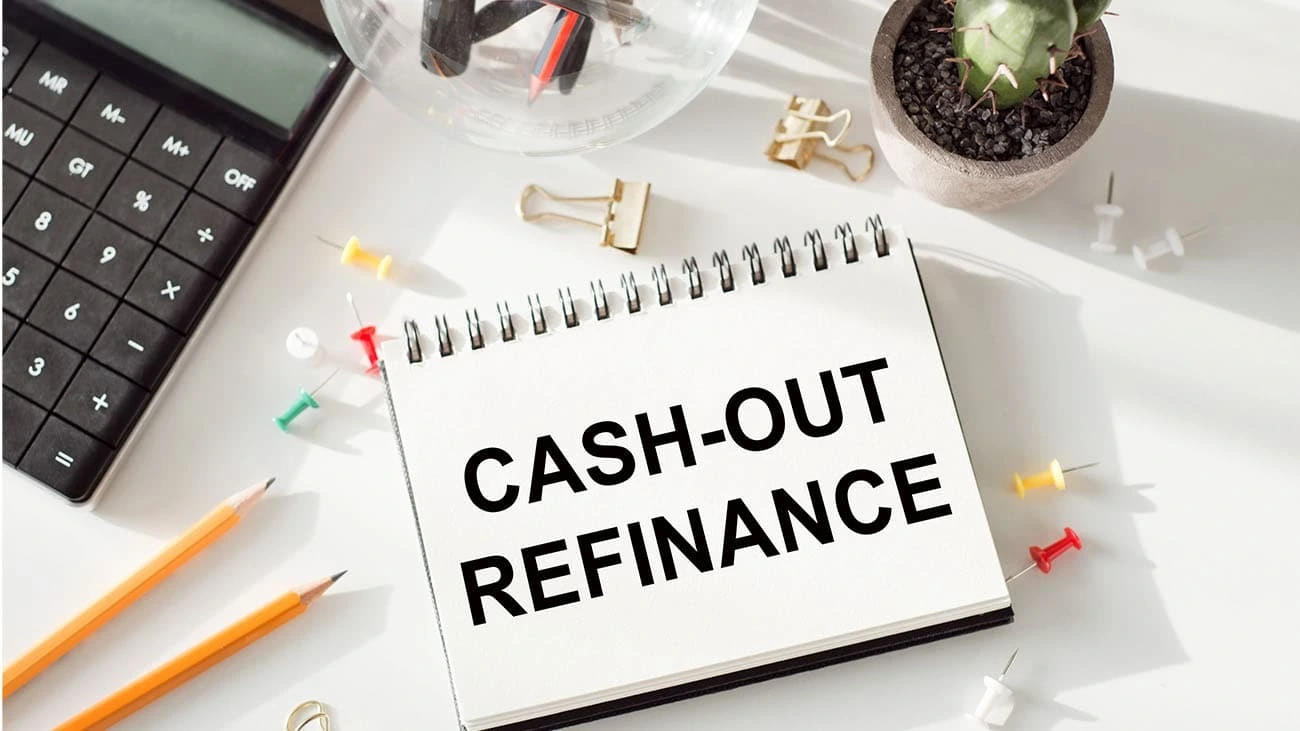Cash-out refinancing has evolved considerably with the advent of AI algorithms. These advanced systems assess home equity by analyzing vast amounts of data on property values and market dynamics. This technological shift simplifies the refinancing process for homeowners, allowing for quicker access to liquidity. However, the implications of these changes raise critical questions about risks and benefits in today’s financial landscape. What factors should homeowners consider before making this financial decision?
Key Takeaways
- Cash-out refinancing allows homeowners to leverage property equity by replacing their existing mortgage with a larger loan and receiving cash for various needs.
- AI enhances the cash-out refinancing process by evaluating property values, assessing borrower profiles, and identifying potential risks efficiently.
- Homeowners can use cash-out funds for home improvements, debt consolidation, or significant purchases, aligning financial decisions with personal goals.
- While cash-out refinancing can lead to immediate liquidity, it also carries risks like increased debt and reduced ownership stake in the home.
- The refinancing process involves assessing financial goals, gathering documents, comparing lenders, and undergoing an application process, including property appraisal.
Understanding Cash-Out Refinancing: What It Is and How It Works
Cash-out refinancing serves as a financial tool that allows homeowners to leverage their property’s equity for various purposes. This process involves replacing an existing mortgage with a new, larger loan, enabling the homeowner to withdraw the difference in cash. Cash-out refinancing explained reveals its dual benefit: homeowners can access funds for home improvements, debt consolidation, or significant purchases while potentially securing a lower interest rate. The new mortgage is based on the home’s current market value, and the amount of equity available will depend on the homeowner’s financial situation and the lender’s guidelines. By understanding cash-out refinancing, homeowners can make informed decisions that enhance their financial stability and achieve their personal goals.
The Role of AI in Evaluating Home Equity for Refinancing
As technology continues to advance, artificial intelligence (AI) plays an increasingly pivotal role in evaluating home equity for refinancing. By analyzing vast amounts of data, AI algorithms can assess property values, market trends, and borrower profiles more efficiently than traditional methods. This data-driven approach helps lenders determine the equity available to homeowners, allowing for more accurate refinancing options. Additionally, AI enhances risk assessment by identifying potential red flags in borrower history and market fluctuations, ensuring a more informed lending decision. As homeowners seek cash-out refinancing, AI tools offer transparency and personalization, facilitating a smoother process. Ultimately, the integration of AI in this domain exemplifies how technology can empower individuals to make more informed financial choices.

Benefits and Risks of Cash-Out Refinancing in Today’s Market
The growing reliance on technology and AI in evaluating home equity has paved the way for more homeowners to contemplate cash-out refinancing as a viable financial option. This approach can provide immediate liquidity, allowing individuals to fund home improvements, pay off debt, or invest in opportunities, aligning with their financial goals. However, homeowners must consider potential risks. Increased debt can lead to higher monthly payments and long-term financial strain, particularly in a fluctuating interest rate environment. Additionally, tapping into home equity can reduce ownership stake, potentially jeopardizing future financial stability. Consequently, while cash-out refinancing explained offers appealing benefits, awareness of its risks is essential for informed decision-making in today’s dynamic market.
Step-by-Step Guide to the Cash-Out Refinancing Process
Maneuvering the cash-out refinancing process requires a clear understanding of its steps to guarantee a smooth transaction. Initially, homeowners should assess their financial goals and determine how much equity to access. Next, gathering necessary documents, such as income verification and credit history, becomes essential. Homeowners then compare lenders to find favorable rates and terms, ensuring they align with their needs. After selecting a lender, the application process begins, including a property appraisal to confirm home value. Once approved, homeowners review the closing disclosure, which outlines all costs. Finally, after signing the documents, the cash-out funds are disbursed, enabling homeowners to utilize their equity. Understanding this structured approach simplifies the cash-out refinancing process considerably.
Making Informed Decisions: Factors to Consider Before Refinancing
What critical factors should homeowners consider before deciding to refinance? First, interest rates play a pivotal role; lower rates can greatly reduce monthly payments and overall loan costs. Second, the current equity in the home is essential, as it determines how much cash can be accessed through cash-out refinancing. Third, homeowners must evaluate their credit score, as a higher score can lead to more favorable terms. Additionally, the purpose of refinancing should be clear—whether to consolidate debt, fund renovations, or cover educational expenses. Finally, the associated costs, such as closing fees and potential penalties, should be weighed against the long-term benefits. Making informed decisions on cash-out refinancing explained allows homeowners to enhance their financial stability and achieve their goals.
Frequently Asked Questions
How Does Cash-Out Refinancing Affect My Credit Score?
Cash-out refinancing can impact credit scores by increasing debt-to-income ratios and potentially lowering scores through hard inquiries. However, responsible management of the new loan may ultimately improve credit over time if payments are made consistently.
Can I Use Cash-Out Refinancing for Debt Consolidation?
Yes, cash-out refinancing can be utilized for debt consolidation. By converting home equity into cash, homeowners can pay off high-interest debts, potentially lowering overall monthly payments and simplifying financial management through a single payment structure.
What Are the Tax Implications of Cash-Out Refinancing?
Cash-out refinancing may have tax implications, as mortgage interest can be deductible if funds are used for home improvements. However, if used for other purposes, such deductions may not apply, requiring careful consideration.
How Long Does the Cash-Out Refinancing Process Take?
The cash-out refinancing process typically takes four to six weeks, depending on lender efficiency and borrower preparedness. This timeline includes application, appraisal, underwriting, and closing phases, ensuring a thorough evaluation of financial circumstances.
Are There Limits on How Much Equity I Can Cash Out?
Yes, there are limits on how much equity can be cashed out. Typically, lenders allow homeowners to access up to 80% of their home’s appraised value, but specific terms may vary based on individual circumstances and lender policies.
Conclusion
In summary, cash-out refinancing has transformed in the tech age through the integration of AI algorithms, which streamline equity evaluation and risk assessment. This modern approach not only enhances the efficiency of the refinancing process but also empowers homeowners with informed decision-making capabilities. While the benefits of accessing liquidity for investments or debt consolidation are significant, potential risks warrant careful consideration. Ultimately, understanding these dynamics is essential for traversing the evolving financial landscape effectively.
You Also Like To Read:






